Ancient underpants are a faithful reflection of history, not only in the field of fashion, but also give us an idea of what society was like at that time. Did you know that during Egyptian times only men wore underwear? This was made clear by the discovery of the first underpants in history, a linen garment worn by Tutankhamun's mummy.
Let's take a trip back in time, exploring key moments in the history of men's underwear throughout different eras.
Top Abanderado
Discover our collection
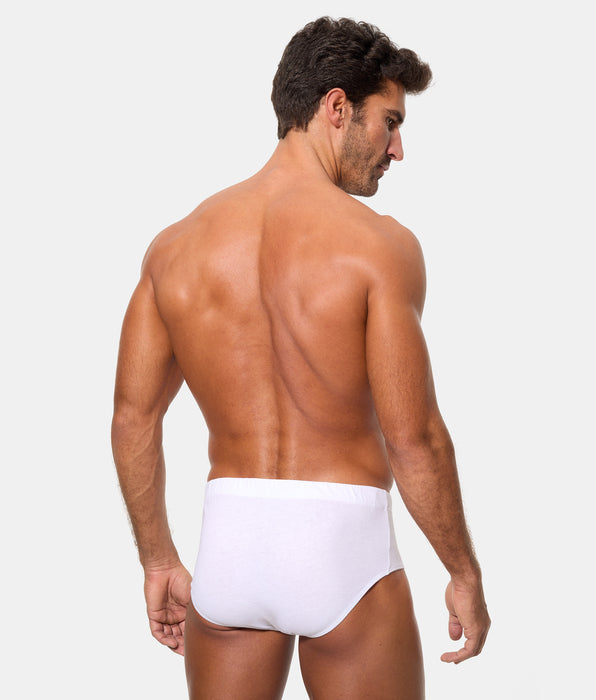
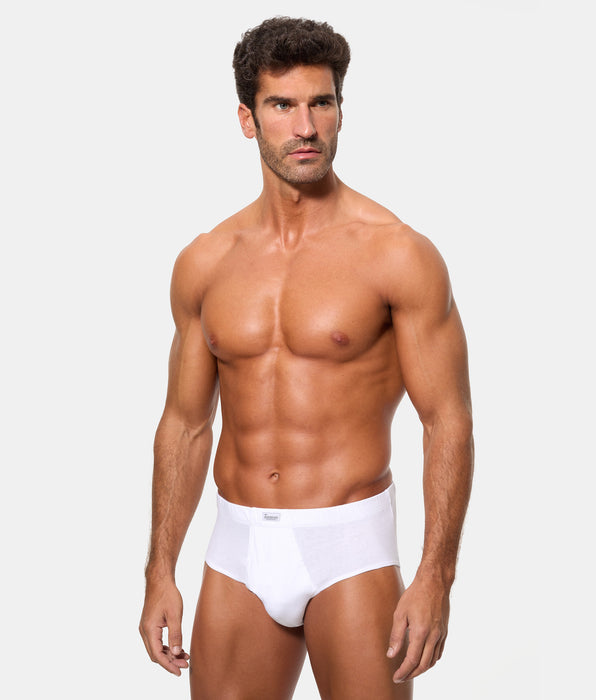
Select a size
M/48
G/52
EG/56
XEG/60
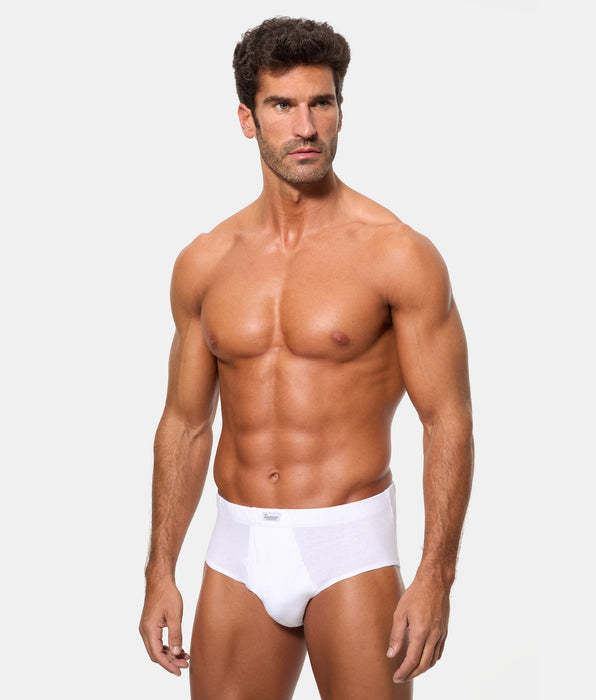
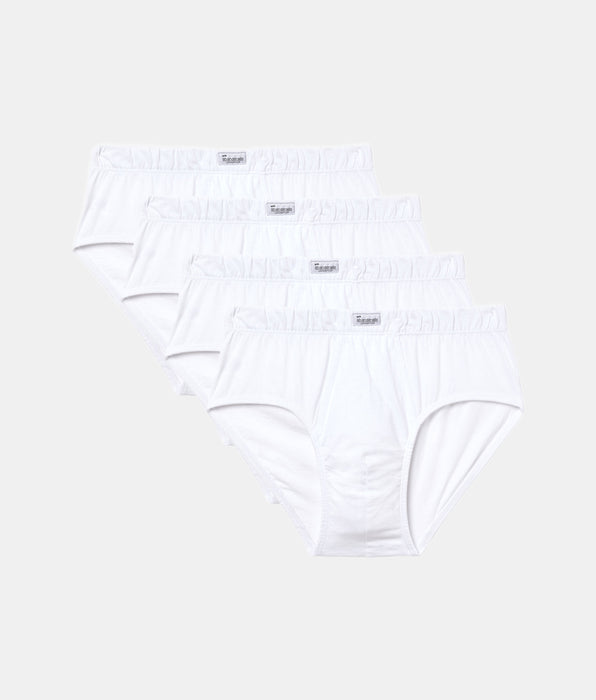
Select a size
M/48
G/52
EG/56
XEG/60
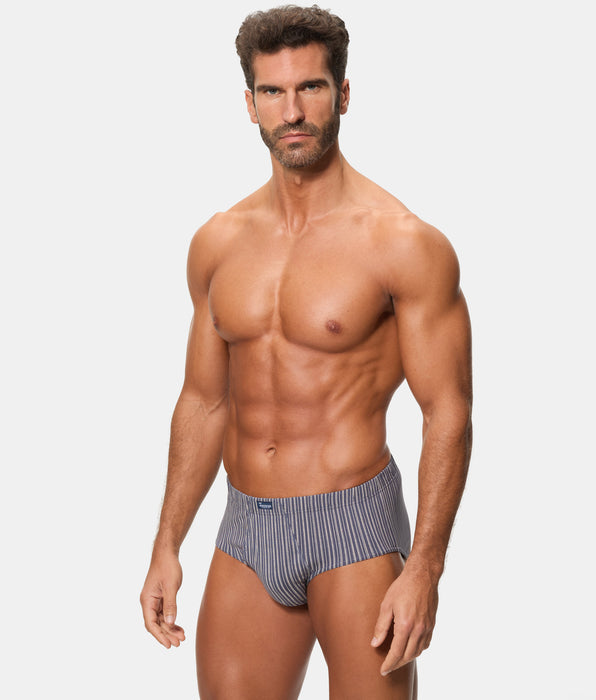
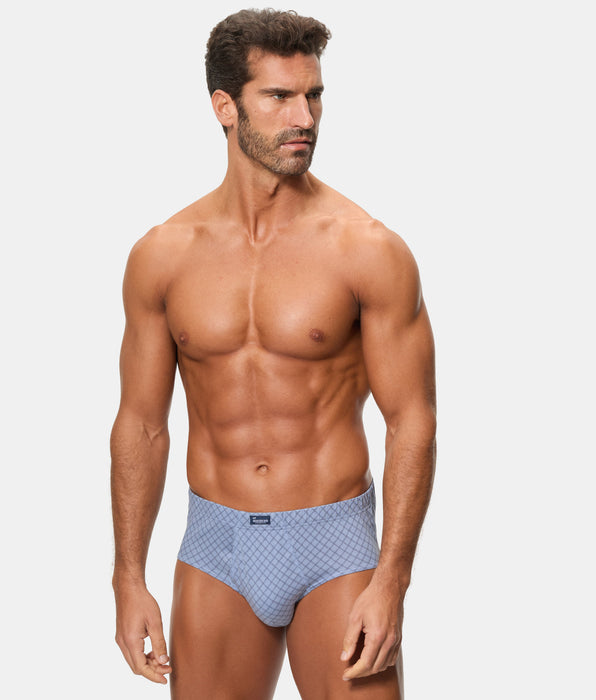
Select a size
M/48
G/52
EG/56
XEG/60
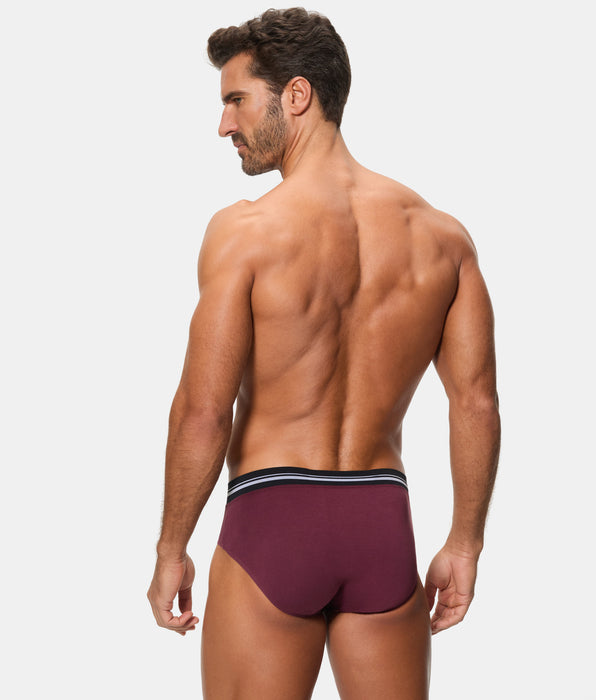
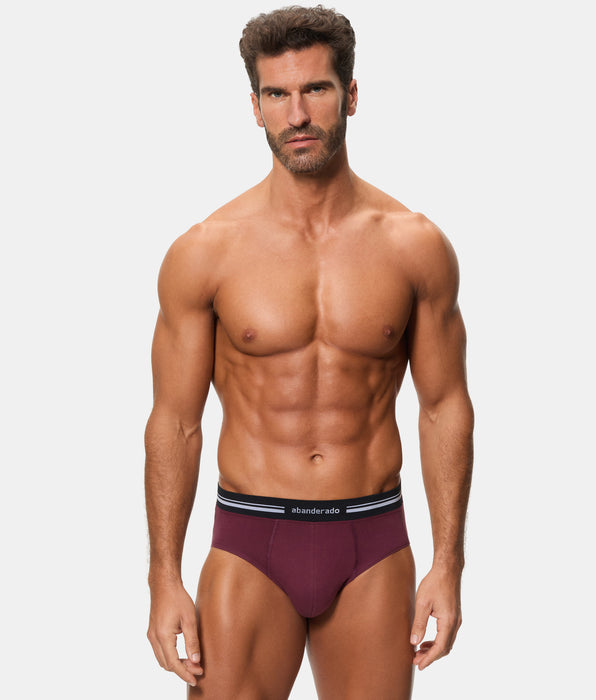
Select a size
M/48
L/52
XL/56


Select a size
M/48
G/52
EG/56
XEG/60


Select a size
M/48
G/52
EG/56
XEG/60


Select a size
M/48
G/52
EG/56
XEG/60
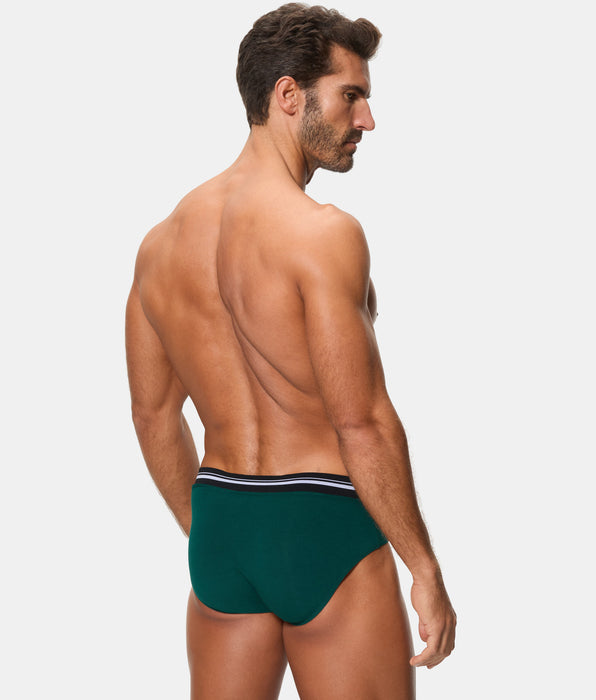
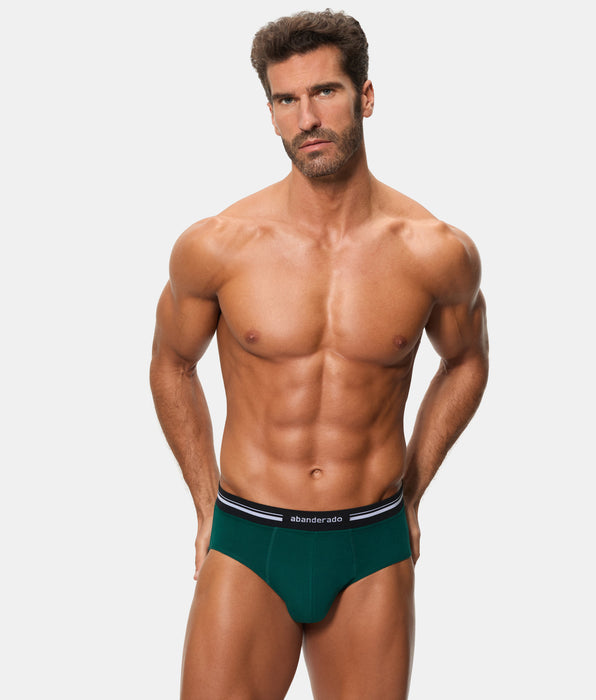
Select a size
M/48
L/52
XL/56
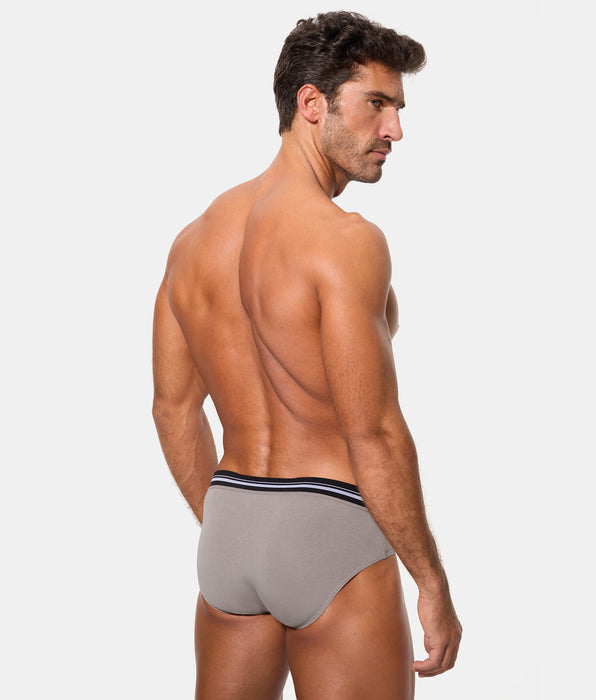
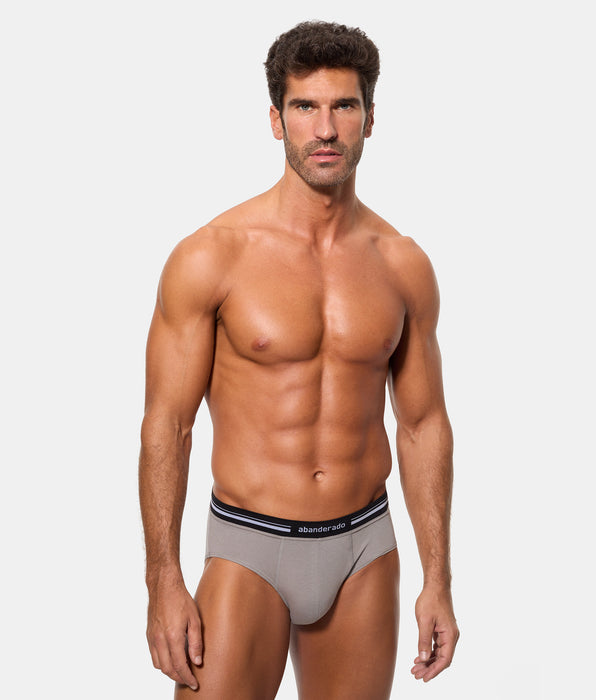
Select a size
M/48
L/52
XL/56
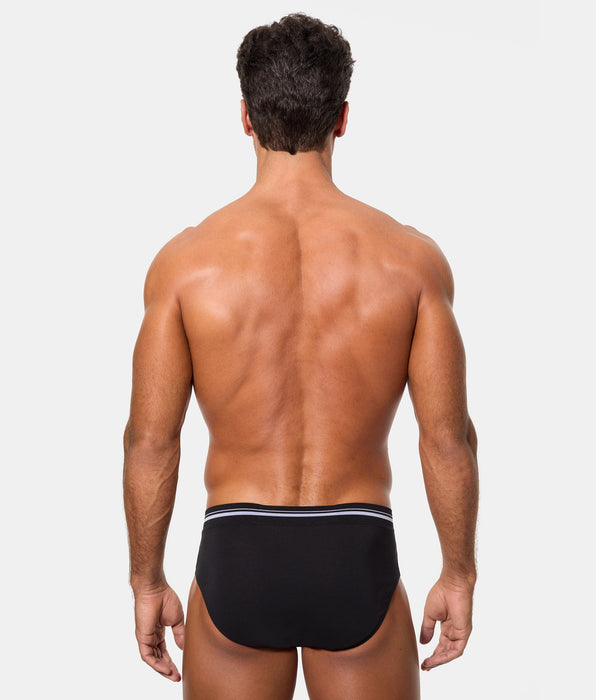
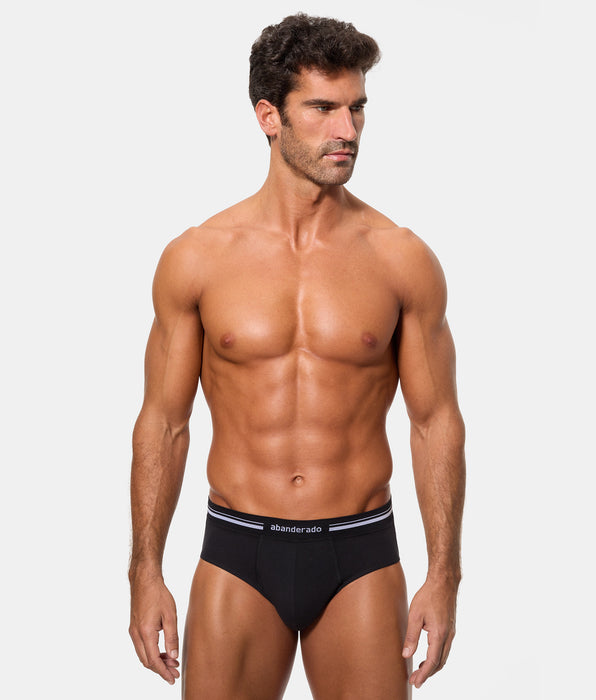
Select a size
M/48
L/52
XL/56
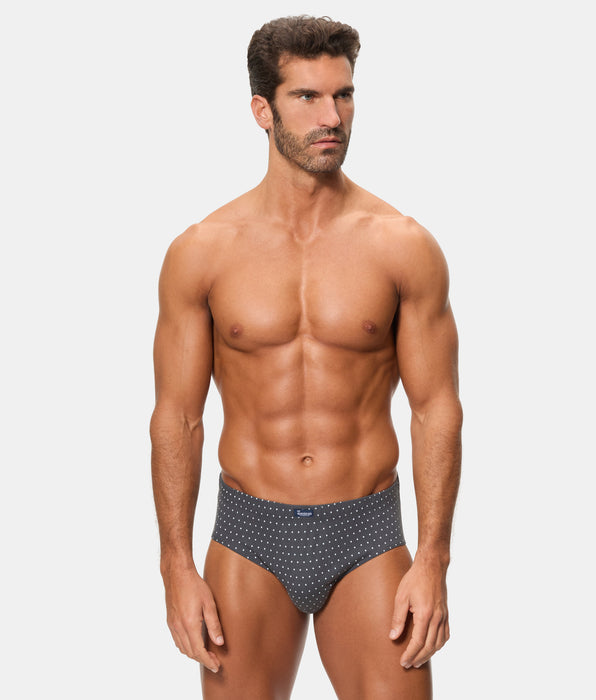
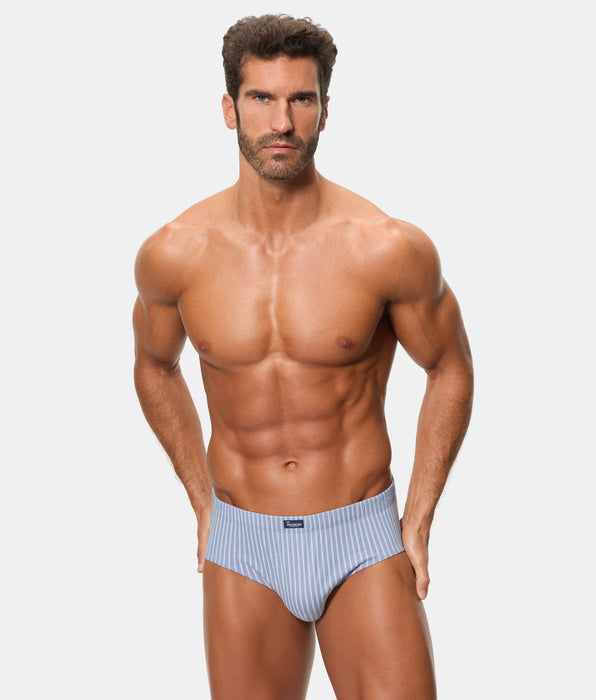
Select a size
M/48
G/52
EG/56
XEG/60


Select a size
M/48
G/52
EG/56
XEG/60

